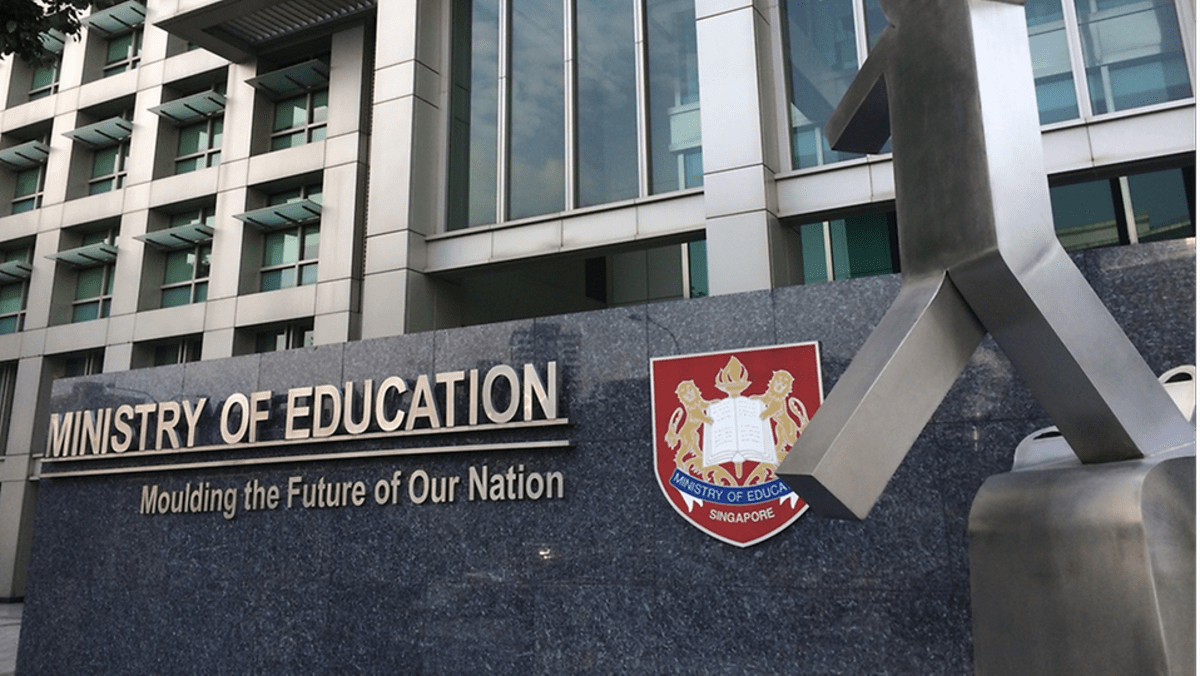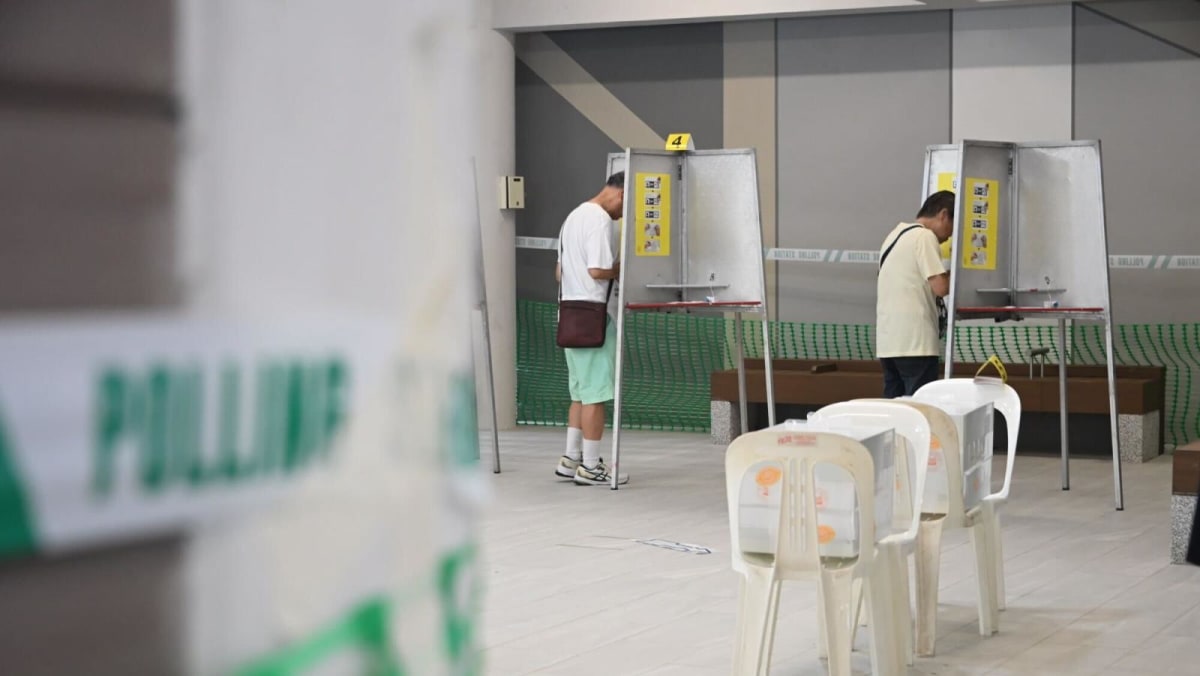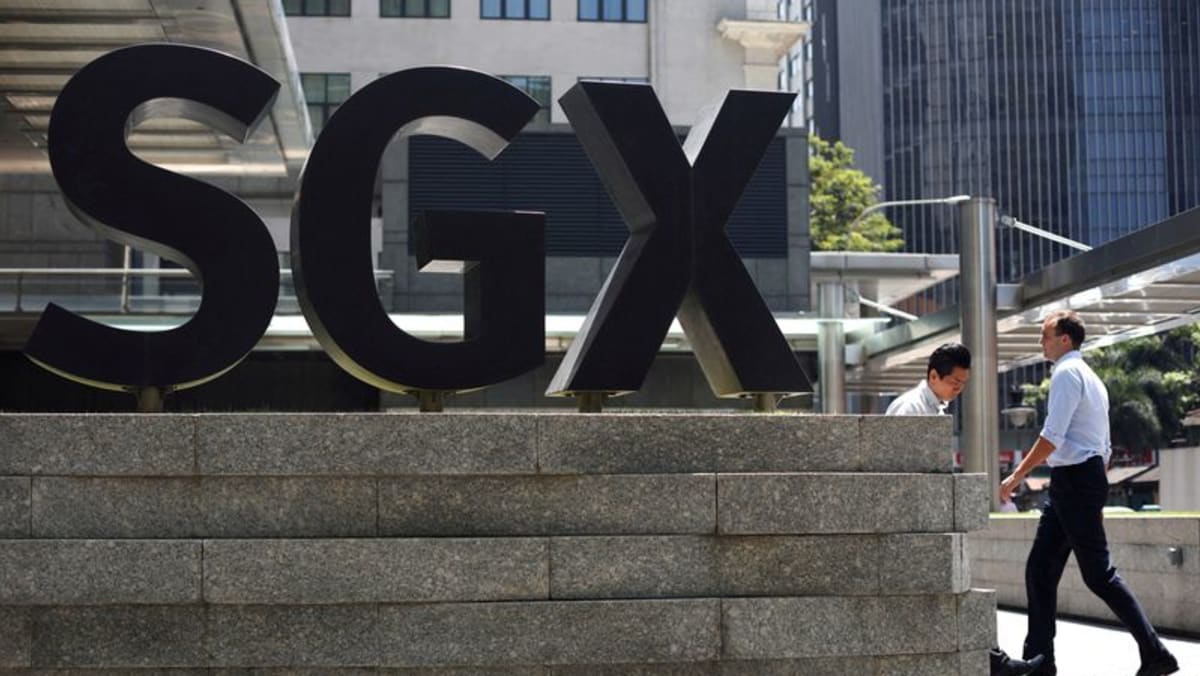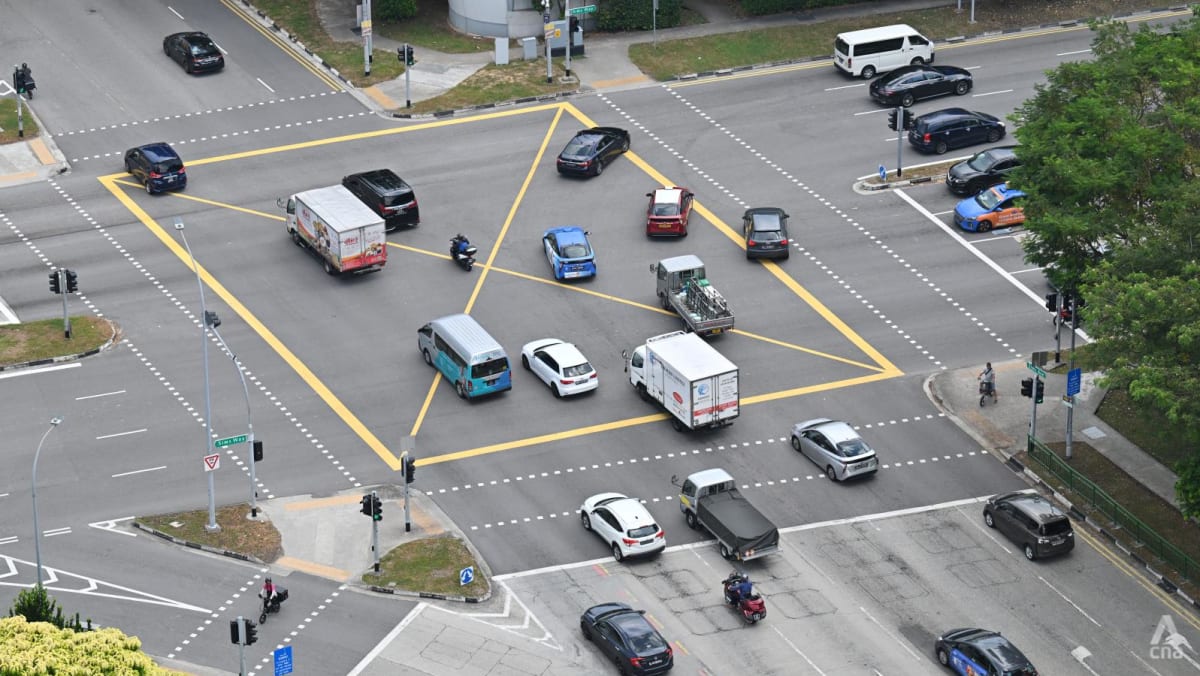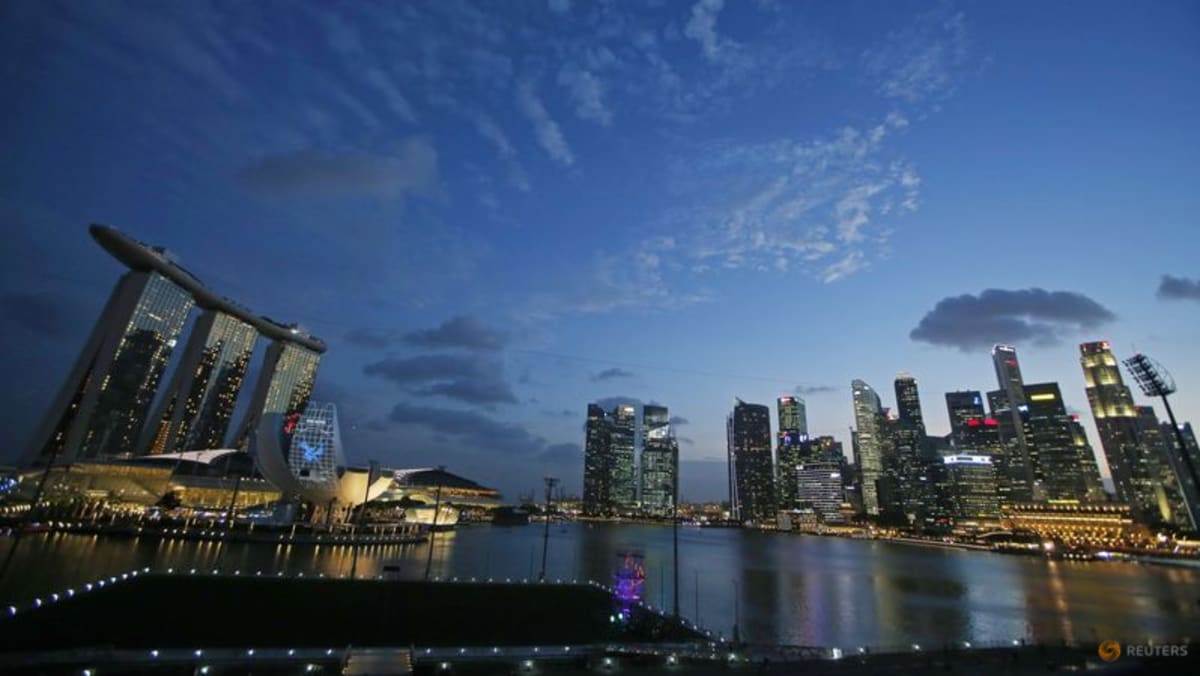REJECTED VOTES
There were 42,829 rejected votes in GE2025 – lower than in the last three elections: 45,822 in 2020, 47,367 in 2015, and 44,737 in 2015. A rejected ballot is one that is unmarked or improperly marked and cannot be counted.
Assoc Prof Chong said that voters are more likely to vote more carefully and effectively where there are quality candidates from all parties that “can actually run a town council and effectively represent you in parliament”.
Dr Rebecca Grace Tan, a lecturer with the NUS political science department, said high rejection rates were often seen in constituencies where opposition parties underperformed. This may indicate voter dissatisfaction with available choices.
Jalan Besar GRC, contested by the People’s Alliance for Reform (PAR), recorded the highest share of rejected ballots at 3.13 per cent.
It was followed by Ang Mo Kio GRC, which saw a three-way fight between the PAP, Singapore United Party and the People’s Power Party, with 2.72 per cent of the votes rejected.
Tanjong Pagar GRC, also contested by PAR, came in third with 2.6 per cent of votes rejected, while Pasir Ris-Changi GRC, contested by Singapore Democratic Alliance, had 2.46 per cent of votes rejected.
Jurong East-Bukit Batok GRC, contested by Red Dot United, was in fifth place with 2.24 per cent of spoiled votes.
Some voters may have intentionally invalidated their ballots simply to avoid being removed from the electoral roll, given Singapore’s mandatory voting laws, said political observers.
Others may have made honest mistakes, and inexperienced counting agents may have struggled to dispute questionable rejections effectively, said Mr Singh.
“A more experienced counting agent may dispute rejected votes more effectively, ensuring they are counted and not rejected,” he said.
“With more newer candidates and a higher level of political participation this time, it may not be surprising that there were a higher number of counting agents who were doing this for the first time and thus were less successful in disputing votes that were not clearly marked with an ‘X’.”
COULD THEY HAVE FLIPPED THE VOTE?
While results in many constituencies were not close enough for absentees or invalid votes to have changed the outcome, some contests were much tighter.
In Tampines, the difference between the PAP and WP was 6,379 votes, which is lower than the 9,549 people who did not vote, noted Dr Teo.
Similarly in Jalan Kayu, where the margin of votes between the PAP’s Ng Chee Meng and WP newcomer Andre Low was 806, there were 376 rejected votes and 1,832 absentees, she said.
These constituencies had the best-performing losing candidates, earning the WP two Non-Constituency MP seats and bringing its total to 12 seats in parliament.
“Clearly voters were not aware of the importance of their votes,” said independent observer Felix Tan.
Still, analysts cautioned against assuming that all missing votes would have favoured the opposition.
“If you extrapolate from the general voting trend we saw this time, they could also have bolstered the PAP’s score further,” said Terra Corporate Affairs’ Mr Singh.
WP chief Pritam Singh himself acknowledged this in post-election comments to the media. “We never assumed that just because there’s a lot of support online or on the ground, that it will translate into votes,” he said.
Mr Singh also spoke about the absentee votes in Jalan Kayu SMC and Tampines GRC and whether the result could have been different if more people had been present and cast their vote in favour of the WP. These two constituencies saw the closest results.
“It’s all hypothetical,” he said. “This is life. You win some, you lose some.”
